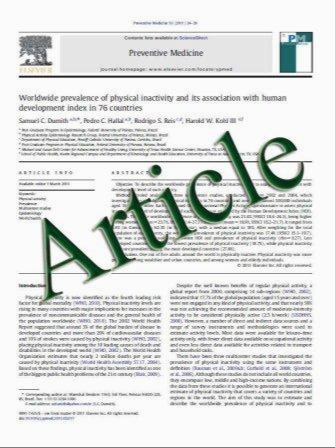Diphenhydramine and Dimenhydrinate Poisoning: an Evidence-Based Consensus Guideline for Out-of-Hospital Management
- نوع فایل : کتاب
- زبان : انگلیسی
- مؤلف : Elizabeth J. Scharman, Pharm.D., Andrew R. Erdman, M.D., Paul M. Wax, M.D., Peter A. Chyka, Pharm.D., E. Martin Caravati, M.D., M.P.H., Lewis S. Nels
- چاپ و سال / کشور: 2006
Description
In 2003, there were 28,092 human exposures to diphenhydramine reported to poison centers in the US. A related drug, dimenhydrinate, is a less frequent cause of poisonings. Between January 2000 and June 2004, there were 2,534 reported dimenhydrinate ingestions in children less than 6 years of age. An evidence- based expert consensus process was used to create this guideline. Relevant articles were abstracted by a trained physician researcher. The first draft was created by the primary author. The entire panel discussed and refined the guideline before distribution to secondary reviewers for comment. The panel then made changes based on the secondary review comments. The objective of this guideline is to assist poison center personnel in the appropriate out-of-hospital triage and initial management of patients with a suspected ingestion of diphenhydramine or dimenhydrinate, or a dermal exposure to diphenhydramine. This guideline is based on an assessment of current scientific and clinical information. The expert consensus panel recognizes that specific patient care decisions may be at variance with this guideline and are the prerogative of the patient and the health professionals providing care, considering all of the circumstances involved. This guideline does not substitute for clinical judgment. The panel’s recommendations for dermal or oral exposures to diphenhydramine or oral exposures to dimenhydrinate follow. The grade of recommendation is in parentheses: 1) All patients with suicidal intent, intentional abuse, or in cases in which a malicious intent is suspected (e.g., child abuse or neglect) should be referred to an emergency department (Grade D). 2) In patients without evidence of self-harm, abuse, or malicious intent, poison center personnel should elicit additional information including the time of the ingestion or dermal exposure, determination of the precise dose ingested, and the presence of co-ingestants (Grade D). 3) Patients experiencing any changes in behavior other than mild drowsiness or mild stimulation should be referred to an emergency department. Examples of moderate to severe symptoms that warrant referral include agitation, staring spells, inconsolable crying, hallucinations, abnormal muscle movements, loss of consciousness, seizures, or respiratory depression (Grade D). 4) For patients referred to the emergency department, transportation via ambulance should be considered based on several factors including the condition of the patient and the length of time it will take the patient to arrive at the emergency department (Grade D). 5) If the patient has no symptoms, and more than 4 hours have elapsed between the time of diphenhydramine ingestion and the call to the poison center, referral to an emergency department is not recommended. For dermal exposures to diphenhydramine, if the patient has no symptoms and it has been more than 8 hours since the diphenhydramine was thoroughly removed from the skin, referral to an emergency department is not recommended (Grade D). 6) Patients with acute ingestions of less than a toxic dose of diphenhydramine, or chronic exposures to diphenhydramine and no or mild symptoms, can be observed at home with instructions to call the poison center back if symptoms develop or worsen. The poison center should consider making a follow-up call at approximately 4 hours after ingestion (Grade D). 7) Children less than 6 years of age who ingest at least 7.5 mg/kg of diphenhydramine should be referred to an emergency department (Grade D). 8) Patients 6 years of age and older who ingest at least 7.5 mg/kg or 300 mg of diphenhydramine (whichever is less), should be referred to an emergency department (Grade D). 9) If the patient has no symptoms, and more than 6 hours have elapsed between the time of dimenhydrinate ingestion and the call to the poison center, referral to an emergency department is not recommended (Grade D). 1


